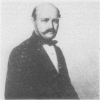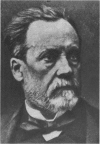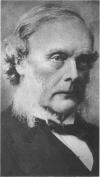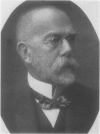Abstract
Although many surgical procedures were well-developed in principle before 1867, their application for the treatment of human disease was limited because of a mortality rate from postoperative infection alone of about 50%. It was the eventual acceptance of Lister's work and the development of the aseptic-antiseptic ritual that allowed operative therapy to be successful and made modern surgery possible. The background leading to the development of aseptic-antiseptic rituals is discussed.
Full text
PDF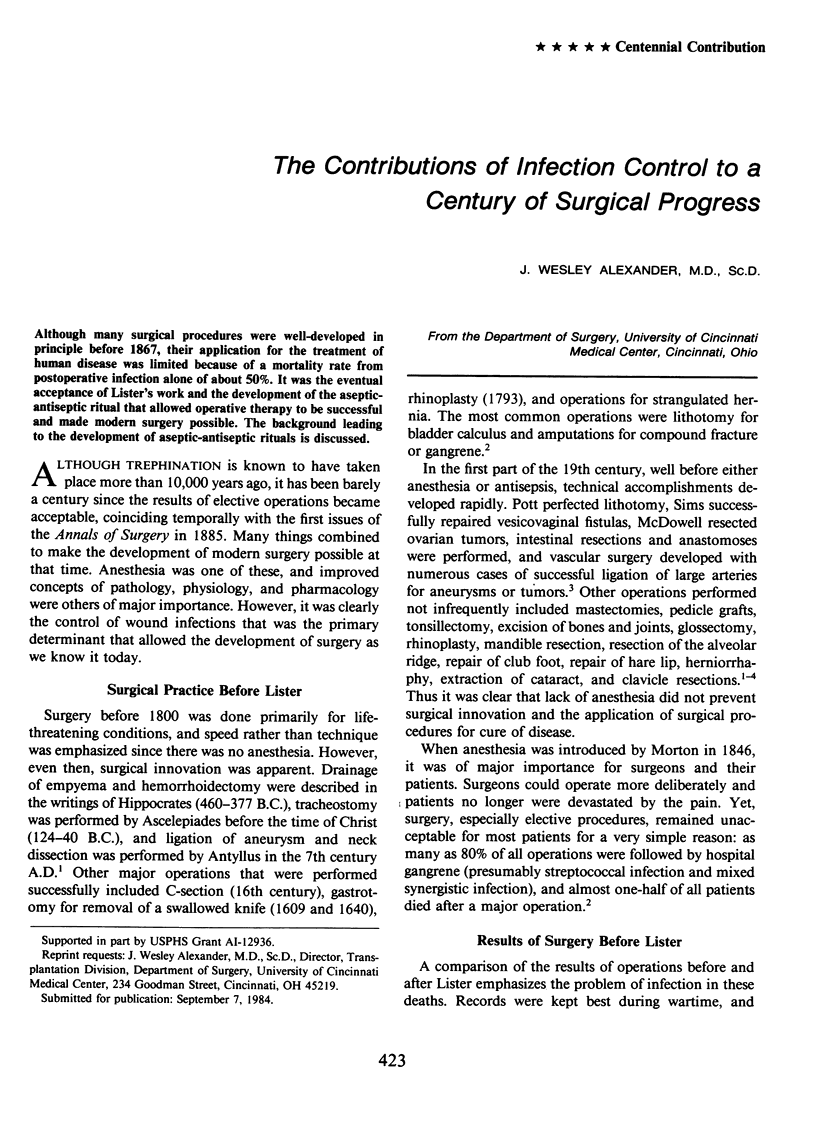
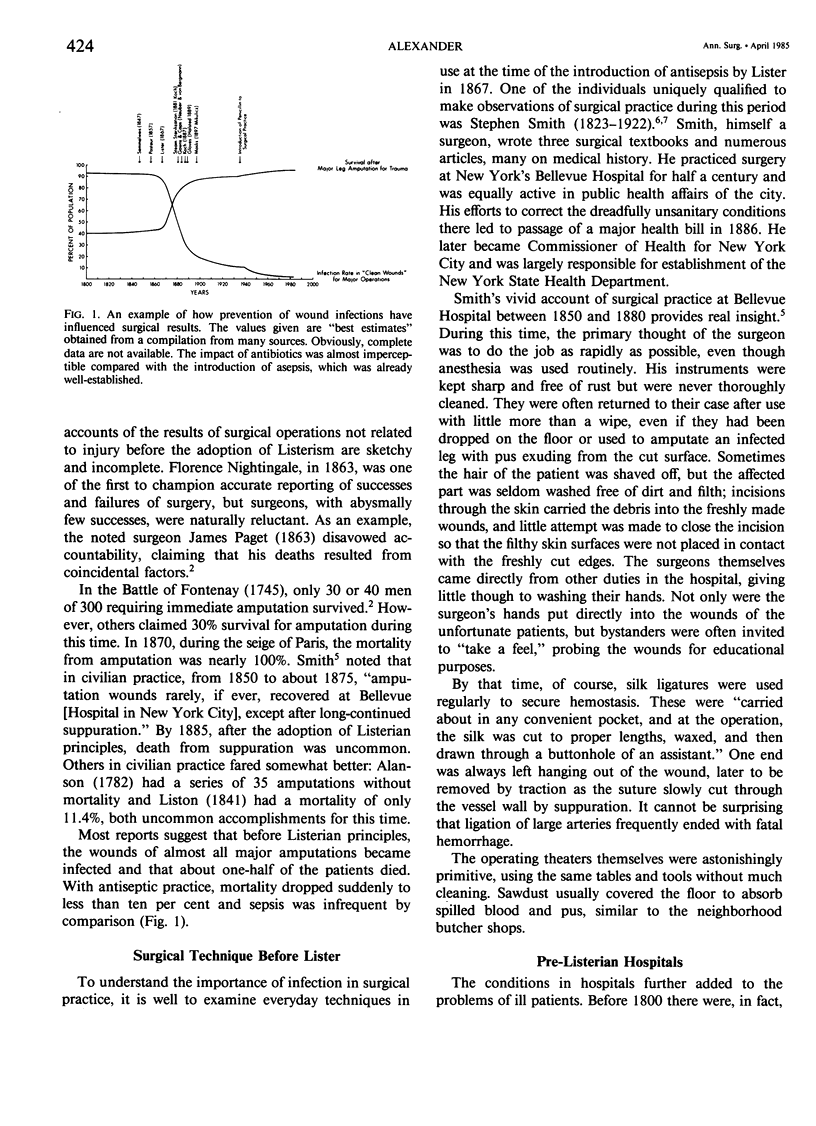
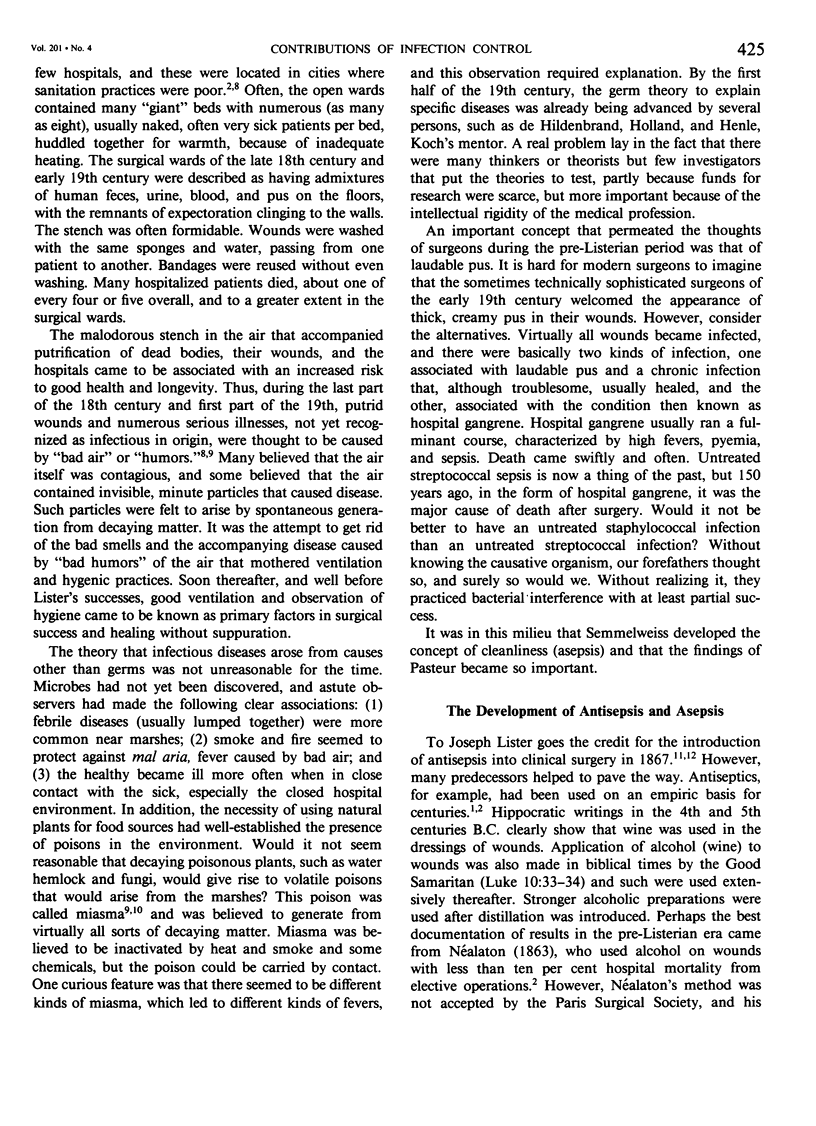
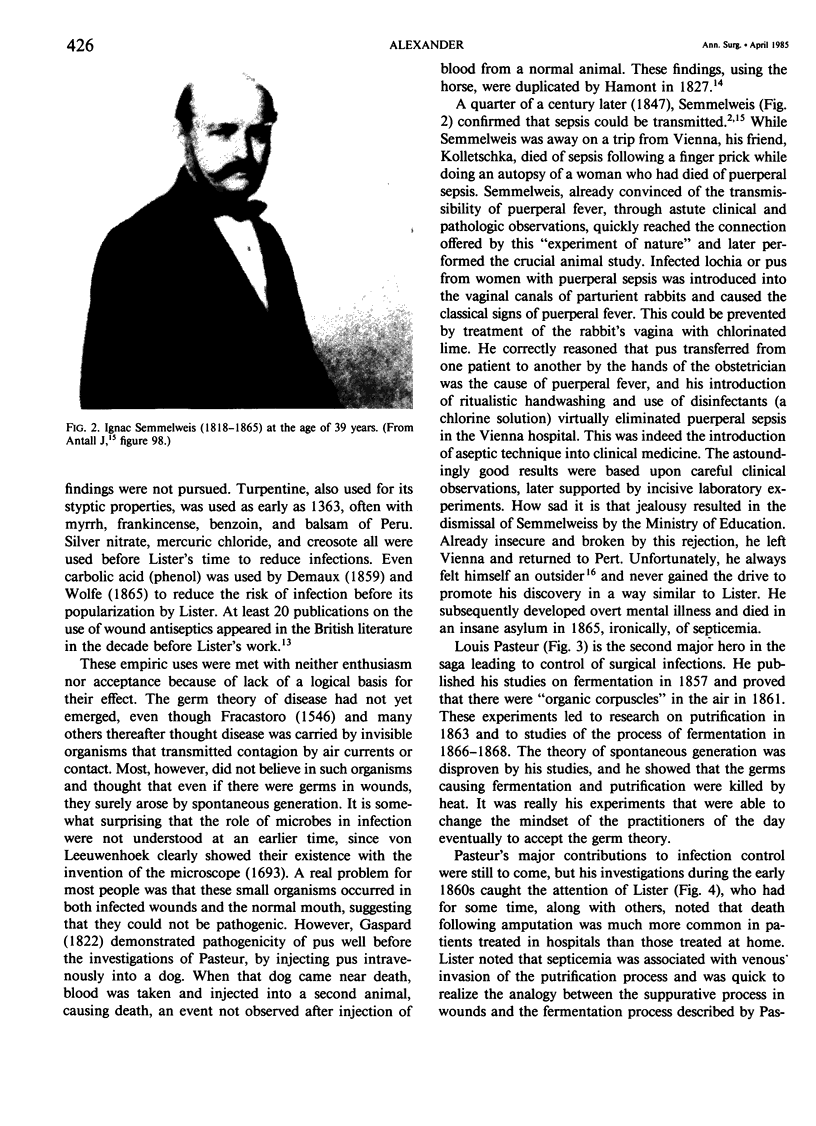
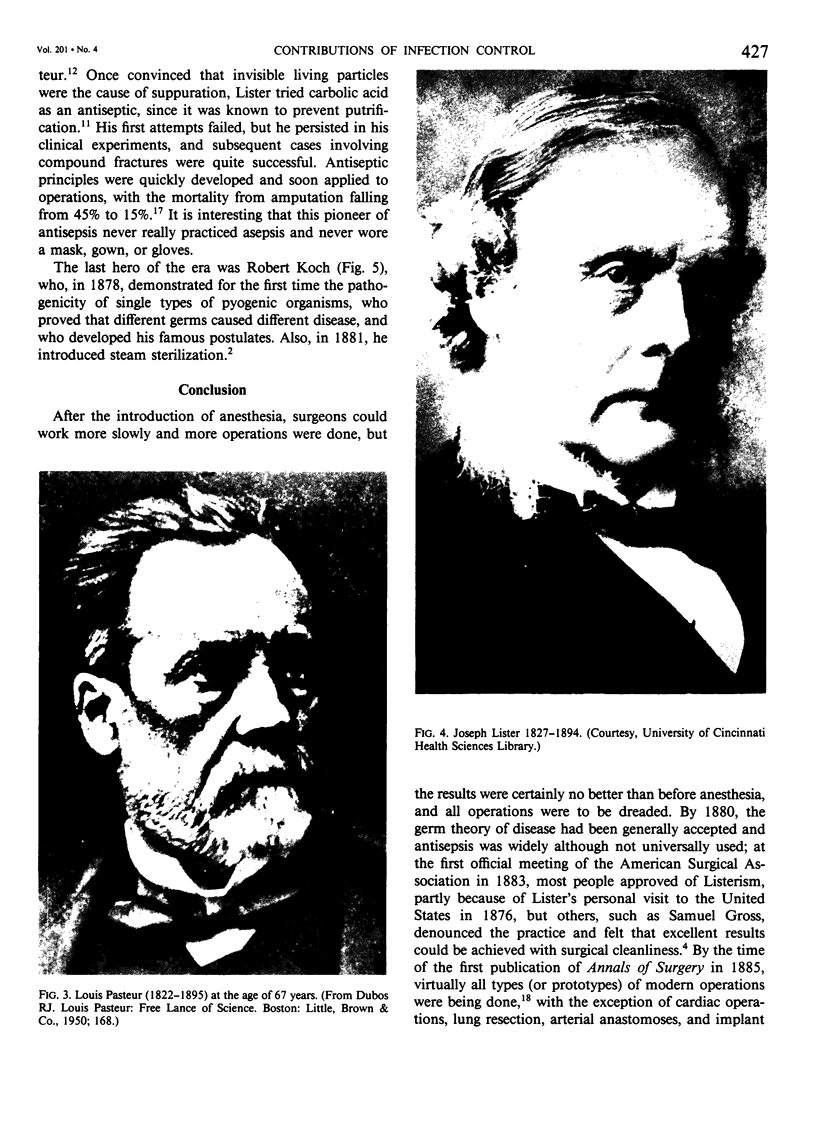
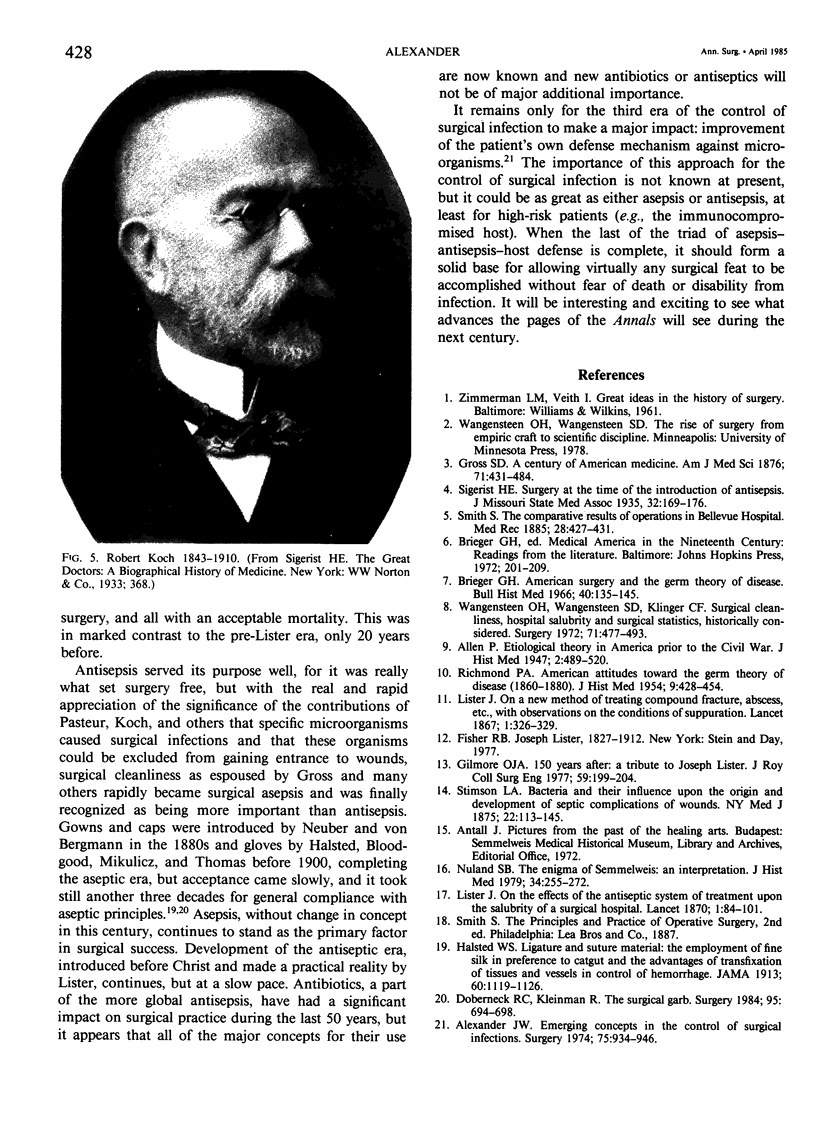
Images in this article
Selected References
These references are in PubMed. This may not be the complete list of references from this article.
- ALLEN P. Etiological theory in America prior to the Civil War. J Hist Med Allied Sci. 1947;2(4):489–520. doi: 10.1093/jhmas/ii.4.489. [DOI] [PubMed] [Google Scholar]
- Alexander J. W. Emerging concepts in the control of surgical infections. Surgery. 1974 Jun;75(6):934–946. [PubMed] [Google Scholar]
- Brieger G. H. American surgery and the germ theory of disease. Bull Hist Med. 1966 Mar-Apr;40(2):135–145. [PubMed] [Google Scholar]
- Doberneck R. C., Kleinman R. The surgical garb. Surgery. 1984 Jun;95(6):694–698. [PubMed] [Google Scholar]
- Gilmore O. J. 150 years after. A tribute to Joseph Lister. Ann R Coll Surg Engl. 1977 May;59(3):199–204. [PMC free article] [PubMed] [Google Scholar]
- Nuland S. B. The enigma of Semmelweis--an interpretation. J Hist Med Allied Sci. 1979 Jul;34(3):255–272. doi: 10.1093/jhmas/xxxiv.3.255. [DOI] [PubMed] [Google Scholar]
- RICHMOND P. A. American attitudes toward the germ theory of disease (1860-1880). J Hist Med Allied Sci. 1954 Oct;9(4):428–454. doi: 10.1093/jhmas/ix.4.428. [DOI] [PubMed] [Google Scholar]
- Wangensteen O. H., Wangensteen S. D., Klinger C. F. Surgical cleanliness, hospital salubrity, and surgical statistics, historically considered. Surgery. 1972 Apr;71(4):477–493. [PubMed] [Google Scholar]



